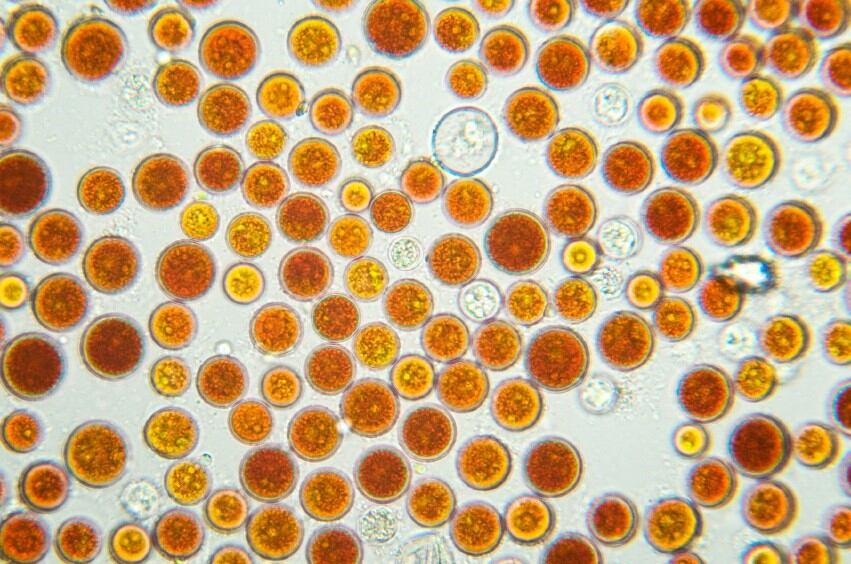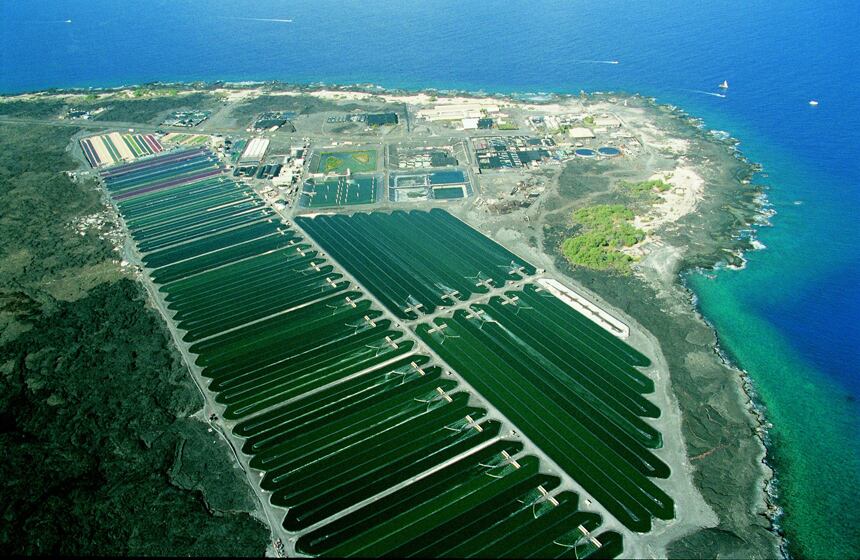Astaxanthin is a reddish carotenoid produced by certain algae. It bioaccumulates in nature in the flesh of salmon and some other fish as well as in the shells of some crustaceans.
The carotenoid is produced commercially via the cultivation of the algae species Haematococcus pluvialis. The ingredient can also be chemically synthesized.
Astaxanthin’s antioxidant benefits have led to strong demand for the ingredient. This was boosted at first by an appearance on the Dr Oz Show by health products booster Dr Joseph Mercola, MD. But unlike some other ingredients that benefited strongly from being touted on the show, ingredients whose popularity spiked and then plummeted, the interest in astaxanthin has remained strong.
Report overstates its case
Just how strong is the question. A recent report being offered by a prominent market research firm forecast that the global market for astaxanthin derived from algae would reach $770 million by 2024. The company forecast the growth to average 13.3% CAGR over that time frame.
Scott Steinford is CEO of the Natural Algae Astaxanthin Association (NAXA), a group that educates customers and consumers on the differences between the synthetic and natural forms of this ingredient and the benefits of the latter. Steinford, who probably knows as much about this market as anyone, said those figures seem head-scratchingly high to him.
“To say that the global demand going to reach $770 million of H. pluvialis astaxanthin is an exaggeration, in my opinion,” Steinford told NutraIngredients-USA.
“We have been quoting an estimate of $100 million for the current market. We are confident of growth rates in the low double digit realm, but even so that doesn’t get you to $770 million by 2024,” he said.
Steinford said that one issue with the way some market reports are assembled is that astaxanthin is just one part of the global carotenoids market. Some companies, like NAXA founding members AstaReal and Algatech, focus on producing just this carotenoid. (AstaReal has since withdrawn from NAXA.) But others produce a wide range of ingredients, and separating out which sales can properly be apportioned just to astaxanthin can be tricky, which could lead to some questionable assumptions, he said.
The authors of the market report did not respond in time for publication to an inquiry about the report's conclusions and methodology.
Demand remains strong
Steinford said he didn’t have enough data at this time to put a top line revenue figure on the market for future years. But Google Trends data supports his assertion that interest in the ingredient has not waned.
Searches on the term ‘astaxanthin’ spiked immediately after the Dr Oz Show segment in January of 2011. Taking that level of interest as 100, the average level of searches has declined into the 18 to 36 range. But that still is more than three times what it was in 2010.
Using this data, awareness of astaxanthin is strongest in Hawaii, which comes as no surprise as Cyanotech, the third member of the NAXA founding triumvirate, is based there. In recent years Cyanotech has pivoted to a being a vertically integrated manufacturer of astaxanthin and spirulina finished goods, which it markets in Hawaii and on the mainland.
NAXA education helps support market
Steinford said he believes the work NAXA has done can be given credit for helping to maintain some of that momentum.
“There is a growing awareness of the benefits of natural algae astaxanthin, but we still have a long way to go,” Steinford said.
“We have a good website where consumers and customers can go to get more information. We have media branding campaigns, too. We rely on brand partners to carry these forward, and so far we have about 20 brands that are utilizing these resources,” he said.
Steinford said another thing that will support future astaxanthin market demand is that the dose of the ingredient in finished goods has risen. A typical dose a few years ago was 4 mg at a time when supply was tight. Now that more capacity has come online, that has risen to 12 mg for most products.


